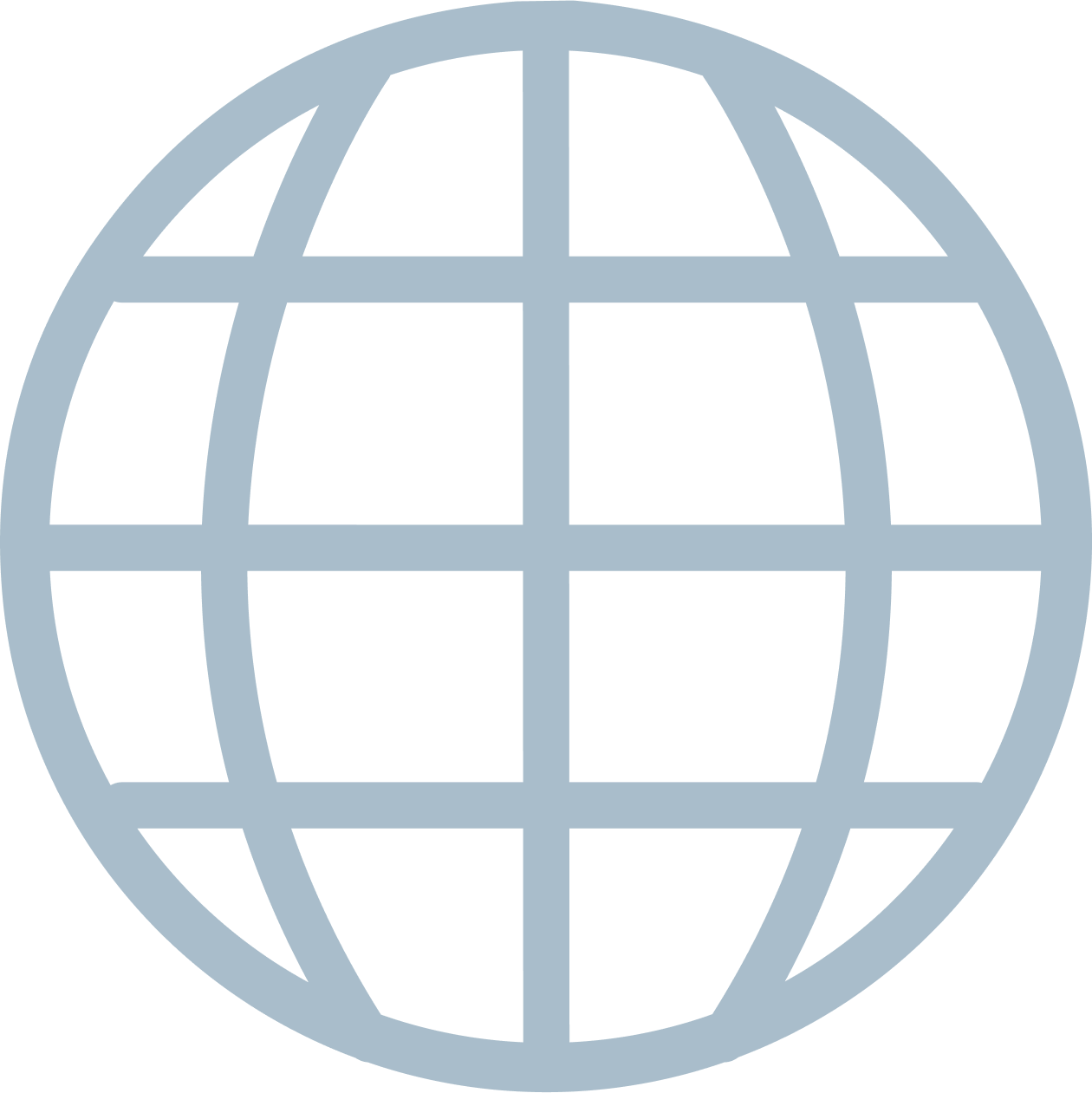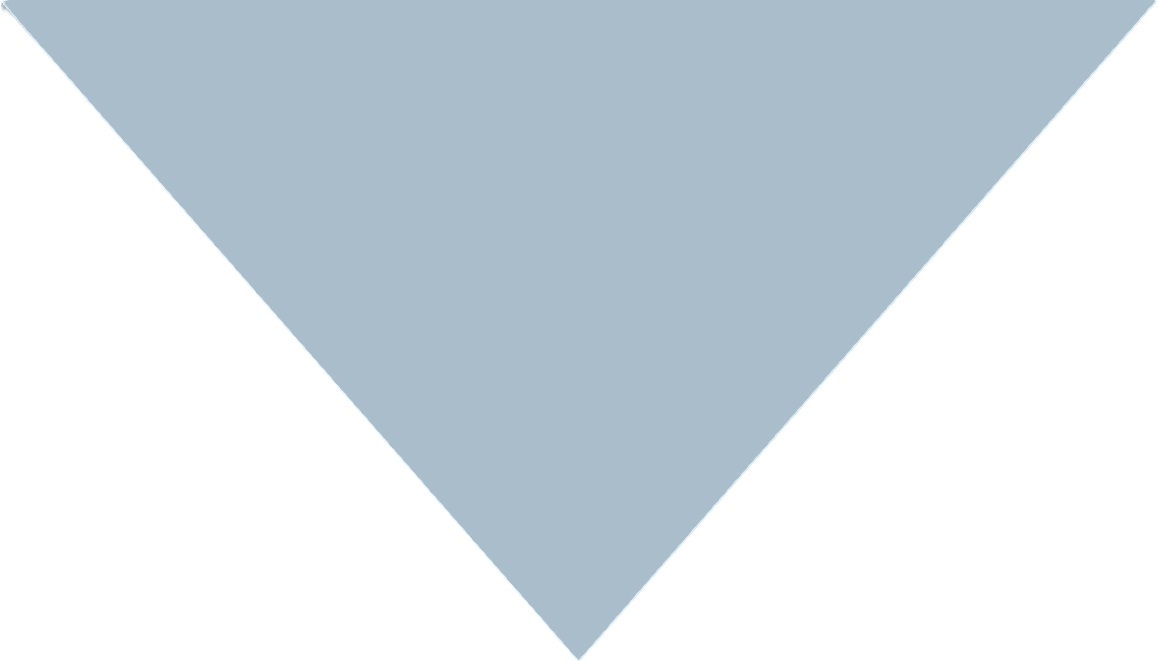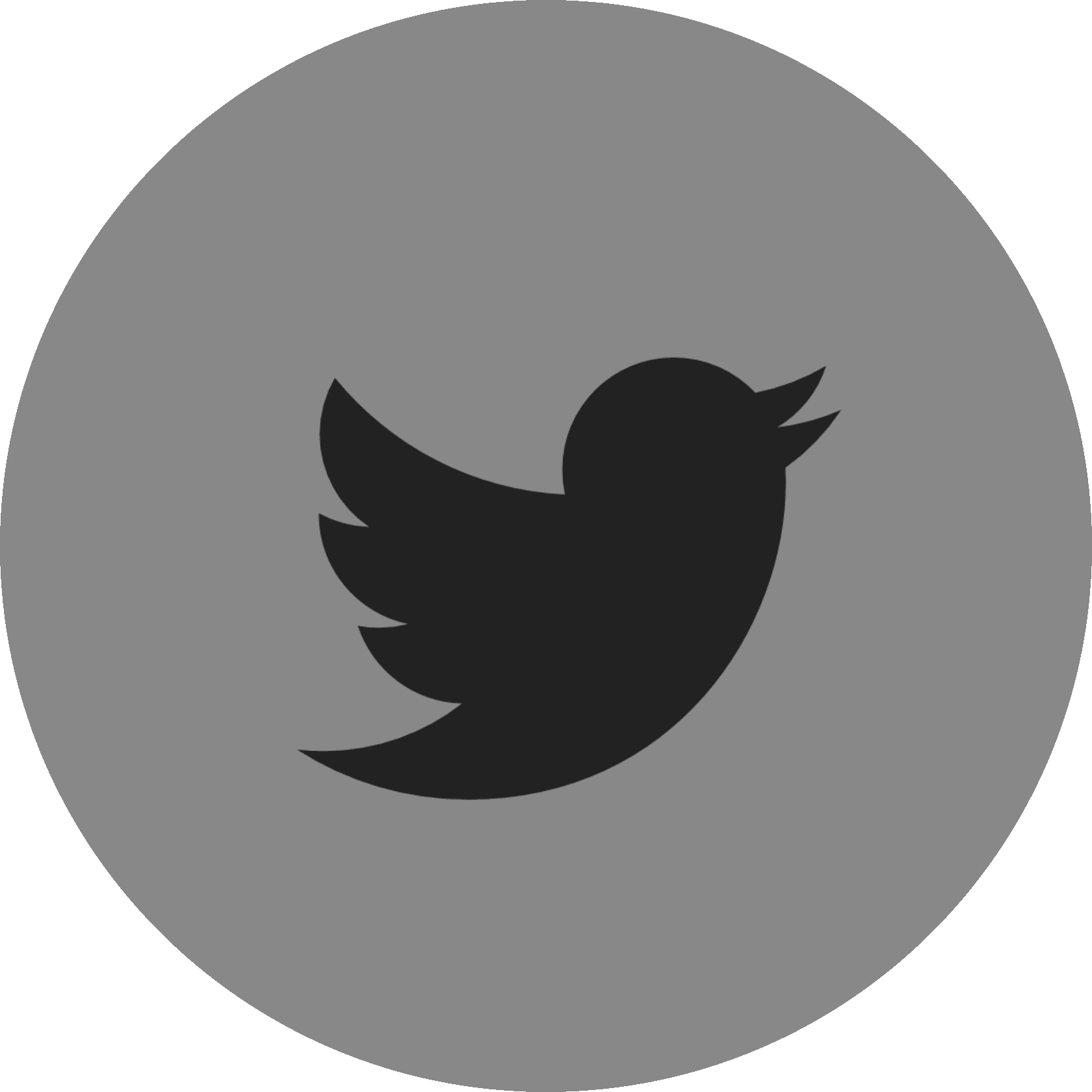Trichotillomania is a serious mental disorder characterized by an irresistible urge to pull out one's own hair. This behavior can cause significant physical and emotional problems for those suffering from this disorder.
For most people with trichotillomania, the onset of the disorder occurs in childhood or adolescence, although it can also appear in adulthood. People with this disorder often pull their hair out of their heads, but it can also affect their eyebrows, eyelashes, facial hair, and other parts of the body. Other activities associated with trichotillomania include twisting, biting, eating, or playing with hair pulled out. People perform these actions unconsciously and thoughtlessly while watching TV or performing various tasks.
The causes of trichotillomania are complex and multifaceted. It can be related to genetic factors, as well as to mental, emotional or environmental circumstances. Stress, anxiety, depression, and other mental problems can contribute to the development of this disorder. A person suffering from this disorder relieves tension and stress through hair pulling. For him, this is the only way to calm down. However, it often leads to additional problems, such as the formation of pathological areas of baldness, self-doubt, social isolation and a decrease in the quality of life.
At first, thinning hair in a trichotillomaniac may not be noticeable to others. However, over time, he develops bald spots on the scalp, forehead and temples, as well as a noticeable thinning of the eyelashes and eyebrows.
What to look for in trichotillomania:
Possible use of other damage (scratching and pinching)
Treatment for trichotillomania may include psychotherapy, medication, and supportive therapies. Cognitive behavioral therapy (CBT) is often a key component of successful rehabilitation. It helps people identify and change negative thoughts or behaviors that contribute to trichotillomania. Medication may also be prescribed to reduce symptoms and maintain mental health.
It is important to understand that trichotillomania is a real disorder and has nothing to do with the desire to just hurt yourself or be eccentric. People suffering from this disorder need understanding, support and help from others. Psychotherapy can help them cope with trichotillomania and take back control of their lives.
The prognosis for trichotillomania is positive with timely treatment and exclusion of the cause, before the formation of fibrosis with constant trauma to the area of hair pulling.
For most people with trichotillomania, the onset of the disorder occurs in childhood or adolescence, although it can also appear in adulthood. People with this disorder often pull their hair out of their heads, but it can also affect their eyebrows, eyelashes, facial hair, and other parts of the body. Other activities associated with trichotillomania include twisting, biting, eating, or playing with hair pulled out. People perform these actions unconsciously and thoughtlessly while watching TV or performing various tasks.
The causes of trichotillomania are complex and multifaceted. It can be related to genetic factors, as well as to mental, emotional or environmental circumstances. Stress, anxiety, depression, and other mental problems can contribute to the development of this disorder. A person suffering from this disorder relieves tension and stress through hair pulling. For him, this is the only way to calm down. However, it often leads to additional problems, such as the formation of pathological areas of baldness, self-doubt, social isolation and a decrease in the quality of life.
At first, thinning hair in a trichotillomaniac may not be noticeable to others. However, over time, he develops bald spots on the scalp, forehead and temples, as well as a noticeable thinning of the eyelashes and eyebrows.
What to look for in trichotillomania:
- Pulling out hair while solving various problems, in stressful situations and routine, monotonous activities.
- Pleasure during pulling (emotional relief) and playing with pulled hair (twisting, rolling and braiding)
- The appearance of areas of thinning in the forehead and temples
- Emotional stress
- Sleep problems
Possible use of other damage (scratching and pinching)
Treatment for trichotillomania may include psychotherapy, medication, and supportive therapies. Cognitive behavioral therapy (CBT) is often a key component of successful rehabilitation. It helps people identify and change negative thoughts or behaviors that contribute to trichotillomania. Medication may also be prescribed to reduce symptoms and maintain mental health.
It is important to understand that trichotillomania is a real disorder and has nothing to do with the desire to just hurt yourself or be eccentric. People suffering from this disorder need understanding, support and help from others. Psychotherapy can help them cope with trichotillomania and take back control of their lives.
The prognosis for trichotillomania is positive with timely treatment and exclusion of the cause, before the formation of fibrosis with constant trauma to the area of hair pulling.










